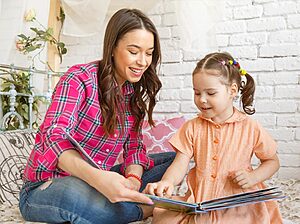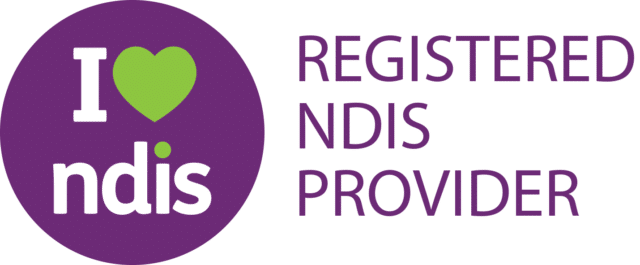Story retell tasks
Using books that are very visual to help with visualising/verbalising skills i.e. helping the student to retain a visual image to help with memory and recall. As you progress through the story highlight important and unusual events, talk about how the characters feel, try predicting what will happen next, before you leave the page recap the important information and discuss how it effects the story. As you go through the story have the student write down key words or draw pictures to help jog their memory later. Once the story is finished try to remember what happened first, middle and last. Go over the pictures and key words and retell what you can. If recall is inadequate or disorganized, review story again and draw any extra pictures or write words that will assist in more detailed recall.
Take digital photos of any interesting events at school such as plays, shows, sports days, visitors to the classroom. Write key info under these pictures. The students are then to put the photos in the correct order of activities from across the day.
Procedures
How do you make a pizza? How do you make a peanut butter sandwich? Retelling familiar procedures will help to build recalling skills, organisation, sequencing and prioritisation of important events.
Contact us if you would like further information on teacher training, book a presentation or have a therapist join your team on a weekly basis.





